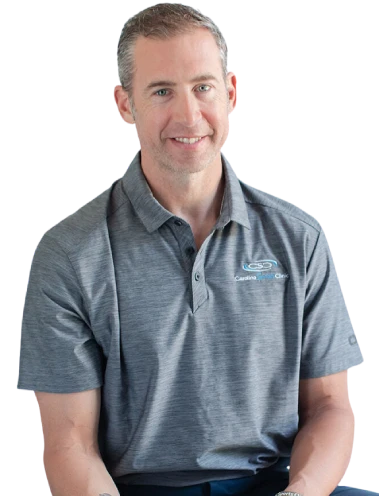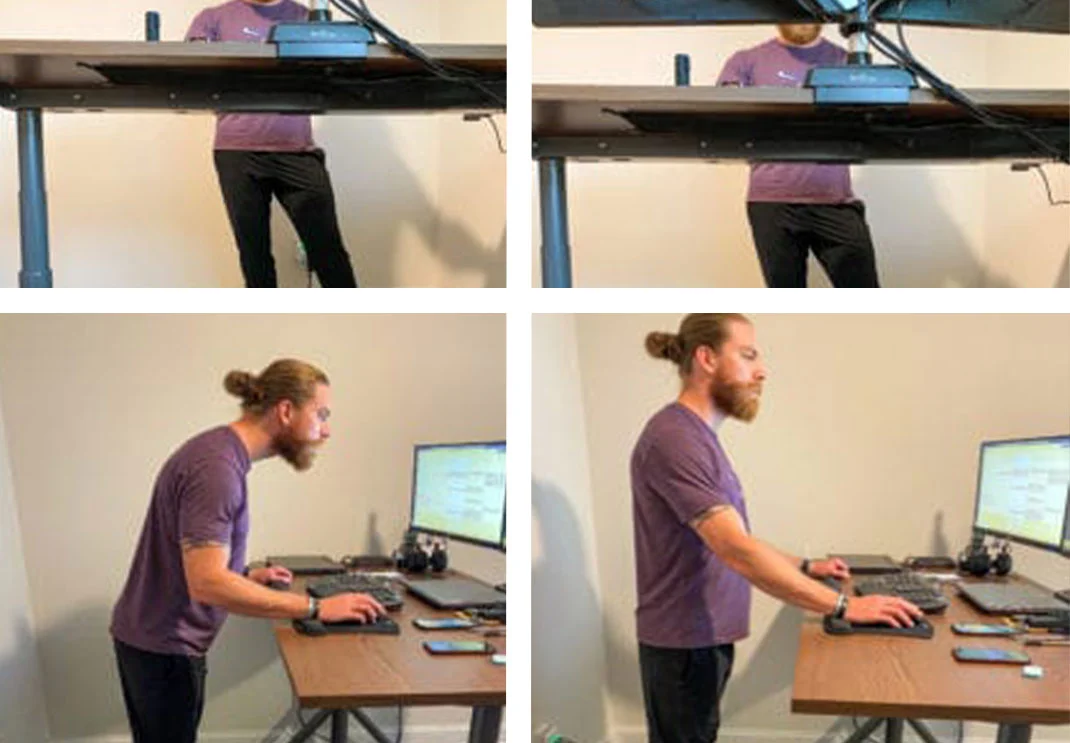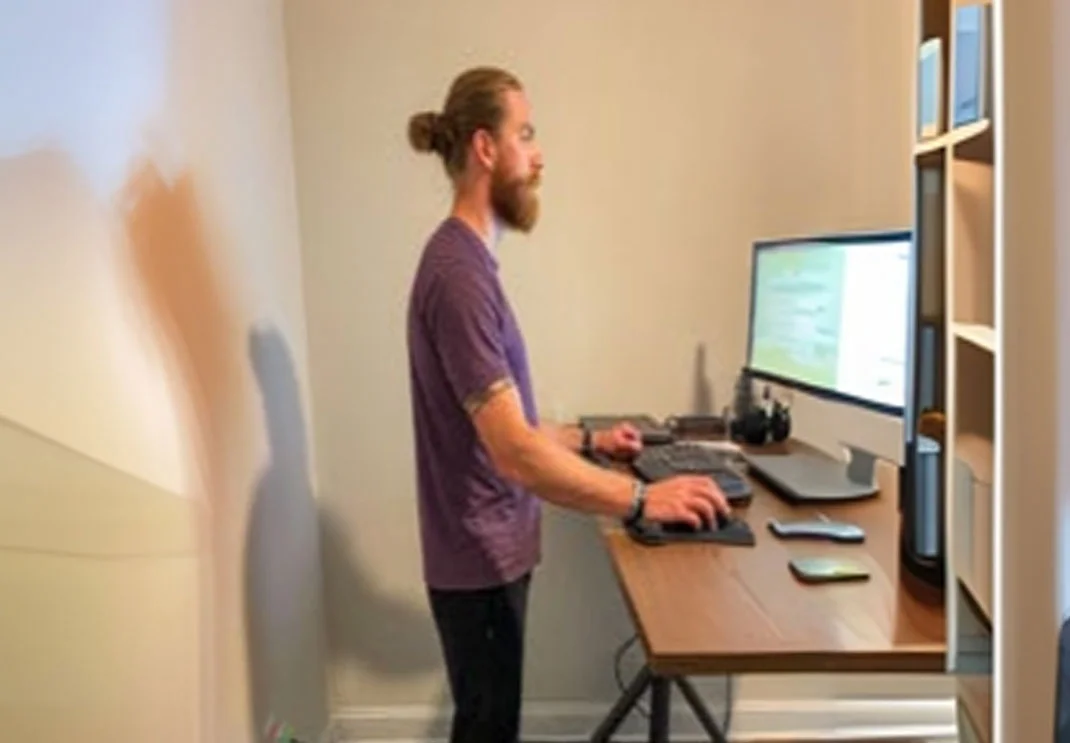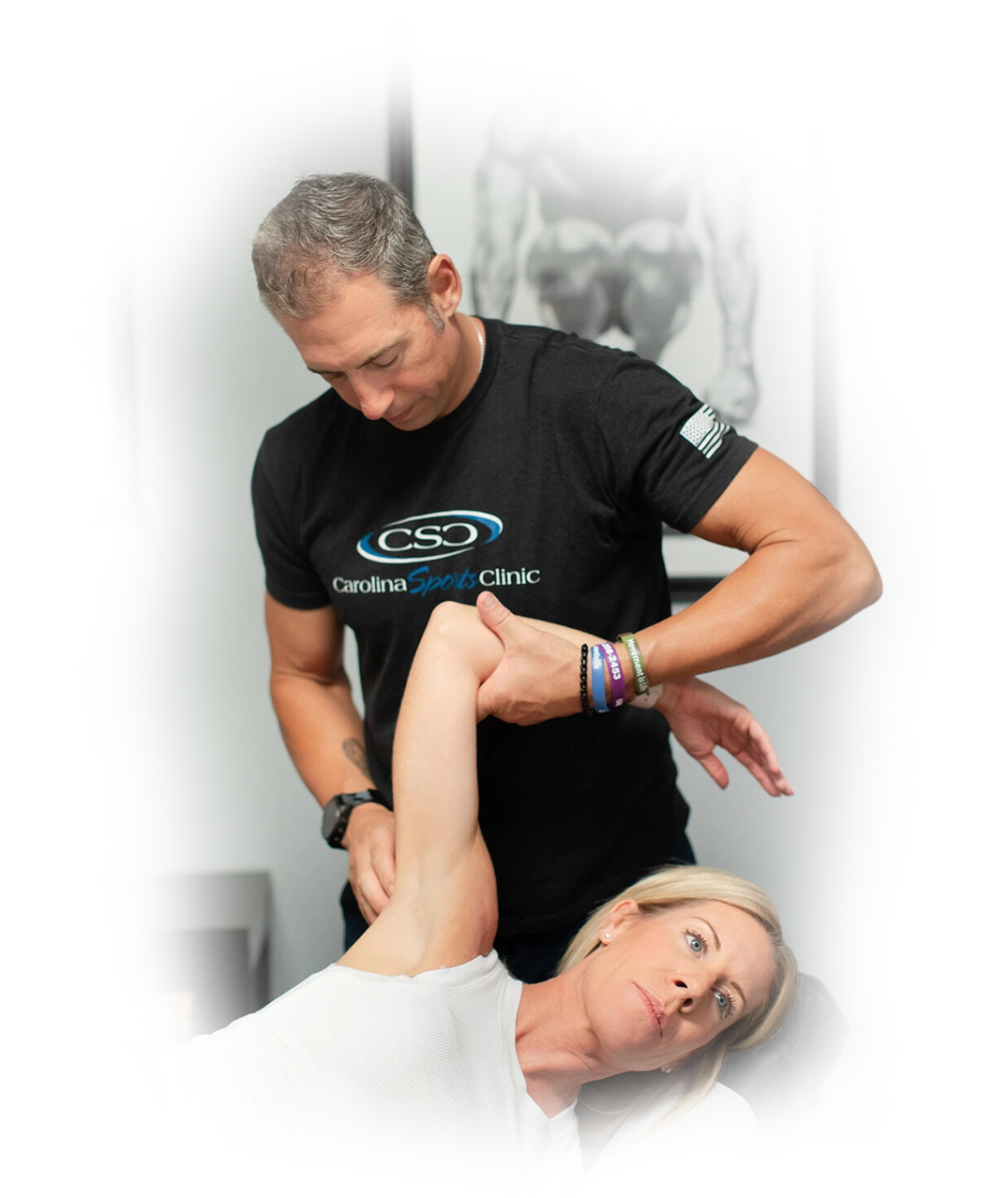|
|
Last
Modified on
May 08, 2025
Are Standing Desks Worth The Hype?
Have you heard the quote ‘sitting is the new smoking’? It seems like an odd comparison at first until you consider how many hours a day Americans spend sitting–surely that can’t be good for us, right?
The Problem With Sitting
Let’s look at a typical, pre-COVID day: You get in your car to sit during your 30+ minute commute. You then sit at your desk for hours on end and get back in your car to reverse the commute. You get home, exhausted from work and slump on your couch for the evening to recoup from your mentally taxing day. Does that routine sound familiar? Even if your “commute” is from your bedroom to your living room or home-office right now, you’re still spending much of the day in the sitting position.
Many of us have jobs that lock us inside with computer monitors at a desk for many hours. On one hand, you could make a drastic job change to another industry that keeps you on your feet more often. That’s likely not an option for most of us. The good news is, we can make some modifications to our habits within the current parameters we’re working within.
Silver bullet: standing desk?
Most of us are aware that sitting for long periods of time isn’t great for our bodies. Lo and behold a solution: the standing desk! If sitting is the new smoking, I’ll just work all day while standing. Problem solved…? I wish it were that easy.
Here’s the issue: sitting with poor posture can cause low back, neck and shoulder pain. Standing with bad posture can yield the exact same issues. If you had bad posture while sitting, it’s natural to repeat those patterns when standing.
For those of you with standing desks, do any of these look familiar?
- Shifting hip to one side
- Bending forward due to the desk being too low
- Rounding the shoulders, and jutting the head & neck forward
- Elevated shoulders due to desk being too high
How to transition yourself to a standing desk
Bottom line: you’ll bring the habits you’ve developed from sitting all day into standing all day as well. When you’ve grown accustomed to sitting all day and then immediately transition into standing instead your muscles and joints do not have the endurance, strength, capacity, or stamina to tolerate hours of standing. So how do you adjust to your new standing desk without exacerbating bad habits or pain?
The most practical approach is to mix up and change positions throughout the day. Being locked into stagnant postures can be detrimental to us when we don’t deviate from them often. I recommend having a hybrid sit-stand desk which allows you to easily toggle between good ergonomics (a fancy word for your efficiency in your working environment) for sitting and standing alike. A few practical tips on adjusting properly to your standing desk:
Proper set-up and fit
- You should be able to have your feet slightly under the desk without craning your neck to reach your workspace/computer. Think of the pain you might experience when you’re washing a lot of dishes — we want to avoid that.
- To determine the ideal height for your standing desk, bend your elbows to 90 degree angles. Measure from the floor up to your hands. This should be the height to have your standing desk at to avoid undue strain.
Elbows at a relaxed, 90 degree angle.
Strategies for adjusting to a standing work model
- Set a goal of standing for 1 hour each day, and gauge the difference. Try this for a couple days and then increase to 1.5 hours, 2 hours, up to 4-5 hours each day of your ~8 hour work day.
- Try adopting an every-other-hour rule where you switch between sitting and standing. Maybe you start your morning email read-through while standing and then tackle answering those emails while sitting.
- Experiment with taking at least one meeting while walking around if you’re able.
- Use a 15-20 minute “on” and a 40-45 minute “off” approach. Stand for 15-20 minutes at the top of each hour and then sit the remaining 40-45 min.
Options for your stance at your standing desk
- Captain Morgan – Keep one foot stable on the ground bearing about 70% body weight while your other leg is propped up on a box or other object. Switch feet as necessary. Make sure you don’t “lock out” your knee on your balance leg– We don’t want to start a new knee issue
- Split/scissor stance– In this position, one foot is stepping forward while the other is stepping back. It’s almost like stopping in mid walking stride. Switch front foot as needed.
- Straight up – In this standard position feet are about hip width apart. Keep a soft bend in the knees, weight evenly distributed in both legs, and between your heels and toes.
- Wide stance – Similar to the Straight-Up…but wider. Stand with your feet a bit wider than shoulder-width apart with weight evenly distributed. Depending on how wide your stance is (determined by how comfortable it is for you) you may need to lower your standing desk slightly to accommodate your loss in height.
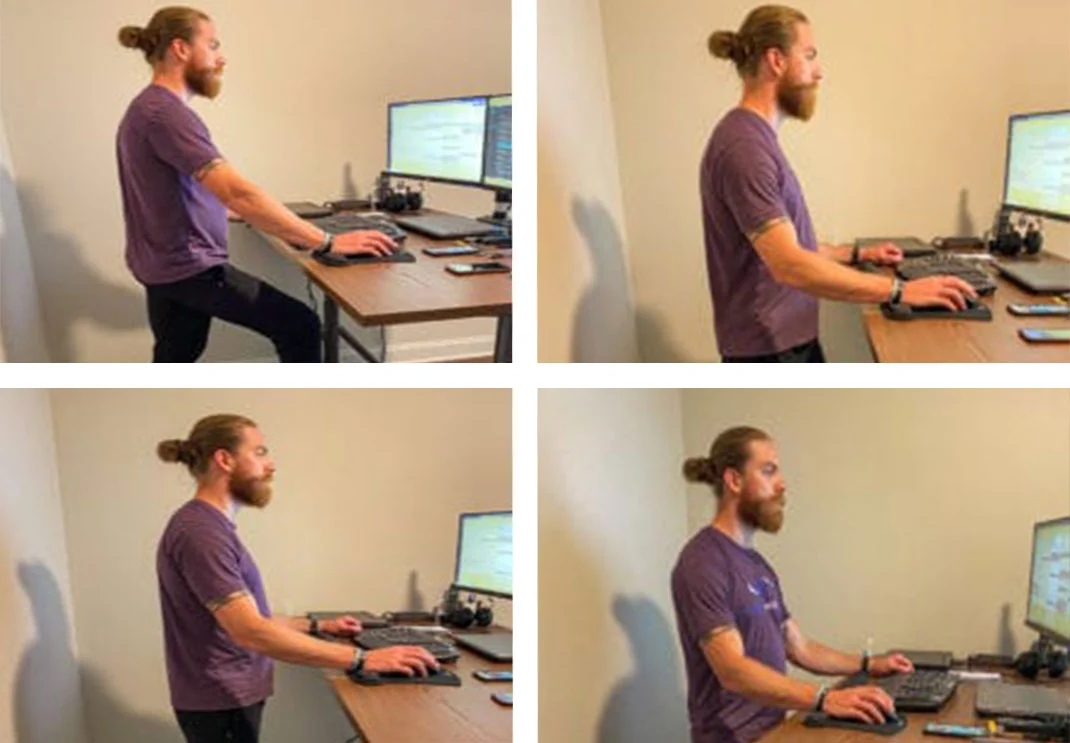
Find a strategy that works and don’t be afraid to experiment with work rhythm and flow.
The upside of standing up
One thing I personally notice when working at a standing desk is that I naturally “fidget” more… and that’s a good thing. I find myself naturally flowing through all of the different standing positions listed above. By cycling through these different positions I allow my body to respond to indicators that I’m starting to feel tired or stiff. When you use this shifting practice you’re training your body to move throughout the day without missing a beat in answering your emails.This increased movement is half the benefit of the standing desk. You’re also increasing blood flow–always a good thing–and even creating a slight increase in metabolic demands (i.e. more calories burned–but no, this doesn’t count as your workout for the week).
So…is a standing desk worth it? Like with most things–only if you use it correctly.
Resources and product recommendations
- This study for Just Stand as well as the coordinating CDC research provides tons of helpful data around standing desks and sitting issues.
- Want to dig more into how bad sitting all day can be for you? This resource compares the sitting/smoking dynamic.
- Some recommended products for sit/stand conversion:
If you’re experiencing chronic pain that’s heightened when you’re standing or sitting all day, book a consultation with me for an assessment on your posture and habits.
This article originally posted on Dr. Zack’s personal blog Beard in Motion.
Disclaimer: The content in this post is for general educational and entertainment purposes. Every human body is different and unique and may require a custom approach or modification. This content should not be seen as medical or health advice. You should not self-diagnose, please see me or another licensed practitioner for individual healthcare needs.
